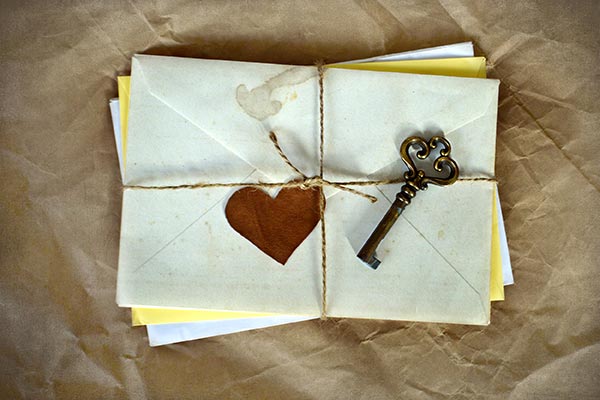From time immemorial, storytelling has been a way to teach history, entertain, and carry on family traditions and legacies. Long before there were history books, there were storytellers who passed along historical accounts of actual events by word of mouth – in other words, telling the story of when, why, where, and how the event took place. Stories are how we teach our children about their personal family history, from answering curious questions such as “Mommy, how did you and daddy meet?” to recounting the adventures of a distant relative who may have been a war hero, famous artist, politician, outlaw, civic leader, or world changer. Teachers use storytelling to help engage reluctant learners by entertaining them with a story rather than assigning a textbook reading assignment.

Family stories help us understand who we are, where we came from, and what we have in common with our ancestors. They give us a sense of continuity, of belonging, of significance. With the advent of websites and other sources for tracing our family genealogy, more of us are learning about our family histories and gaining a greater sense of self, family pride, and sometimes, purpose. With more families spending less time around the dinner table these days, it can be challenging to find the opportunities to share stories and pass on information to our children. Here are some tips for getting started on creating or carrying on your own family legacy.

If you have correspondence between family members – a set of love letters between your parents or grandparents, for example – consider typing them into a document you can keep on your computer, or reading them aloud and recording the reading to preserve the story should the letters be lost or destroyed. You can print the letters from your computer and compile a family memory book with the letters and any photographs you have of the author and recipient, along with any pertinent mementos. If you record the stories, you can make copies and give them to family members so that everyone has their own copy of the story to treasure.
You can solicit memories from your parents, grandparents, aunts and uncles, cousins, and siblings. Ask your relatives to type up their own memories and family stories and send them to you or make a recording and send you a copy. To get the ball rolling, be the first to type up your own special stories or make a personal recording of your favorite childhood memories and send a copy to your relatives asking them to do the same. Not sure where to draw inspiration from? Try journaling first; you can start by writing down any special memories or stories you love, things you’re thankful for, traits you inherited from your parents or grandparents, advice you want to pass down to your children, things going on in the world and how you feel about them or how they’re impacting your life, or simple everyday events. There is no wrong way to journal! Choose a journal or notebook and pen that feels comfortable in your hand and start writing. You may be surprised how much easier it becomes the more you write.
Wondering how to get your children started in the art of storytelling? Give them the gift of a personalized journal and encourage them to write down things that are important to them, whether it be memories, dreams, or goals in life. Check out “Raising the next generation of storytellers” for tips on how to foster a love of storytelling in your children.
Memories only survive if we share them, and what better way to do that than to start or carry on a family tradition of storytelling. Don’t forget, we offer a wonderful collection of personalized storybooks for kids for holidays and every day. National Tell a Story Day is April 27th; why not plan a special family story telling session to celebrate this special holiday and create or carry on a family legacy of your own?







